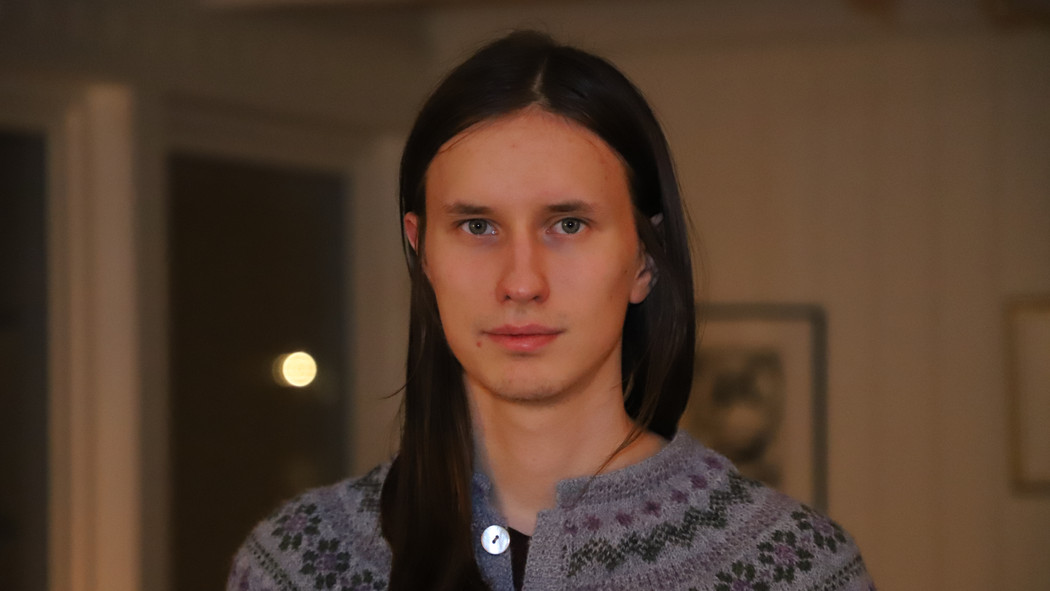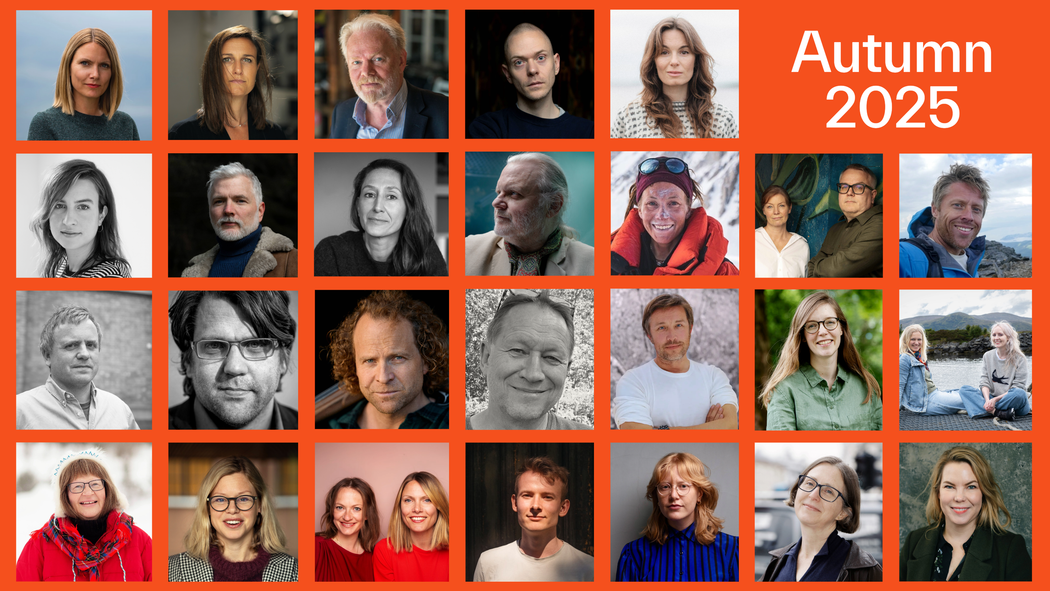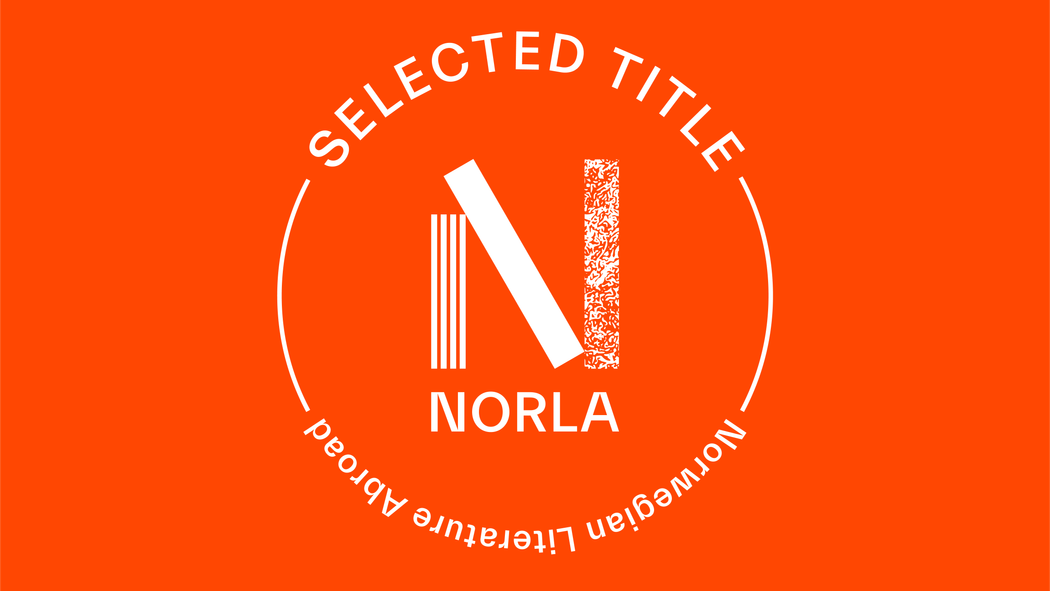Classic of the Month: Tarjei Vesaas, The Birds and The Ice Palace
Tarjei Vesaas (1897-1970) was one of the greatest Norwegian authors of the 20th century, and many believe it was a huge oversight that he didn’t receive the Nobel Prize in literature. His novels The Birds (1957) and The Ice Palace (1963) are considered two of his most important works. Fifty years after his death he is still relevant, and being translated and read more than ever.
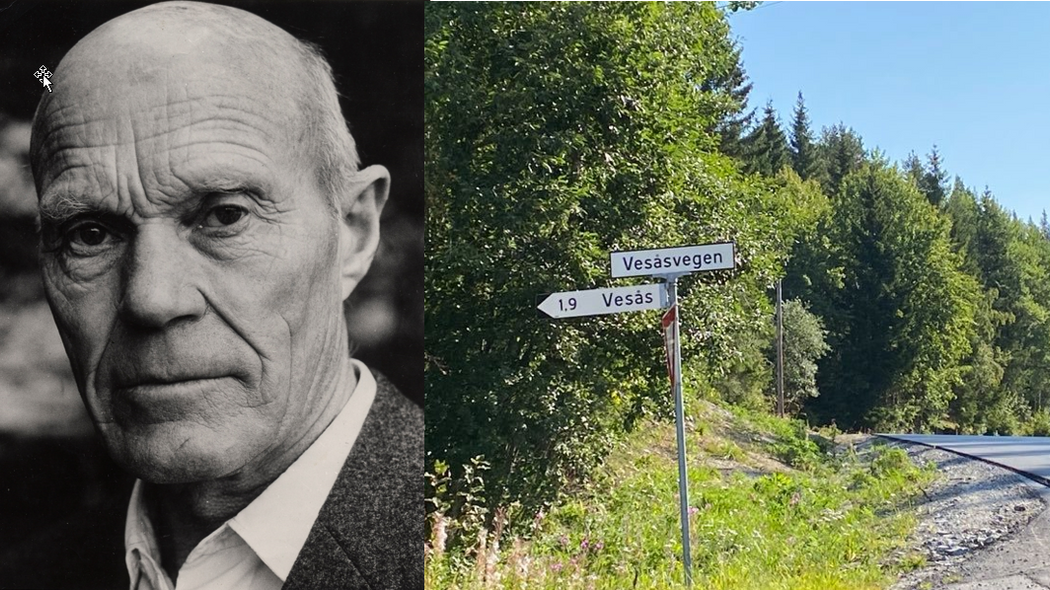
The protagonist in The Birds, Mattis, is perhaps one of the Vesaas characters afforded the most tenderness and care by both the author and his readers. Mattis can interpret the language of birds, but is helpless at work and in his everyday life. He is nevertheless able to formulate deep philosophical questions.
The Ice Palace tells the story of the friendship between Siss and Unn, two girls in early puberty. Unn disappears into the frozen waterfall, and Siss is left all alone. It is a novel about emotional awakenings, about dreams and urges, about loss and grief.
In both of these novels, Vesaas demonstrates his deep insight into the human psyche, conveyed in a gentle, poetic and symbolic language.
At the end of August, Vinjedagane held a seminar about translating Vesaas to mark the inauguration of the new Vinjesenteret in Telemark.
In that respect, NORLA took a look at the statistics to see how much interest there has actually been in his authorship in recent years – and the results are overwhelming:
Since 2004, NORLA has granted support to 61 translations of Vesaas works, into 26 languages, most of them during the last 10-12 years. So Vesaas is well and truly alive, and being translated, published and read all over the world. The two most-translated books are The Birds and The Ice Palace, more than half of NORLA’s grants (34 in total) have been given to these two titles. With great success. In Germany, each of these titles has a circulation of over 10,000 copies – substantial figures for a translated classic. And the reviews have been amazing. But many of Vesaas’ other books are translated too, such as The Boat in the Evening, and of course his poetry and short stories. In France, the fact that Jon Fosse said that Vesaas has been central to his writing has also been important.

PUBLISHING AND TRANSLATING VESAAS
NORLA sent a few questions to the publishers and translators who in recent years have published one or both of Vesaas’ two most important books (The Birds and The Ice Palace). We received thirteen responses to these questions, from Sweden to China and Japan:
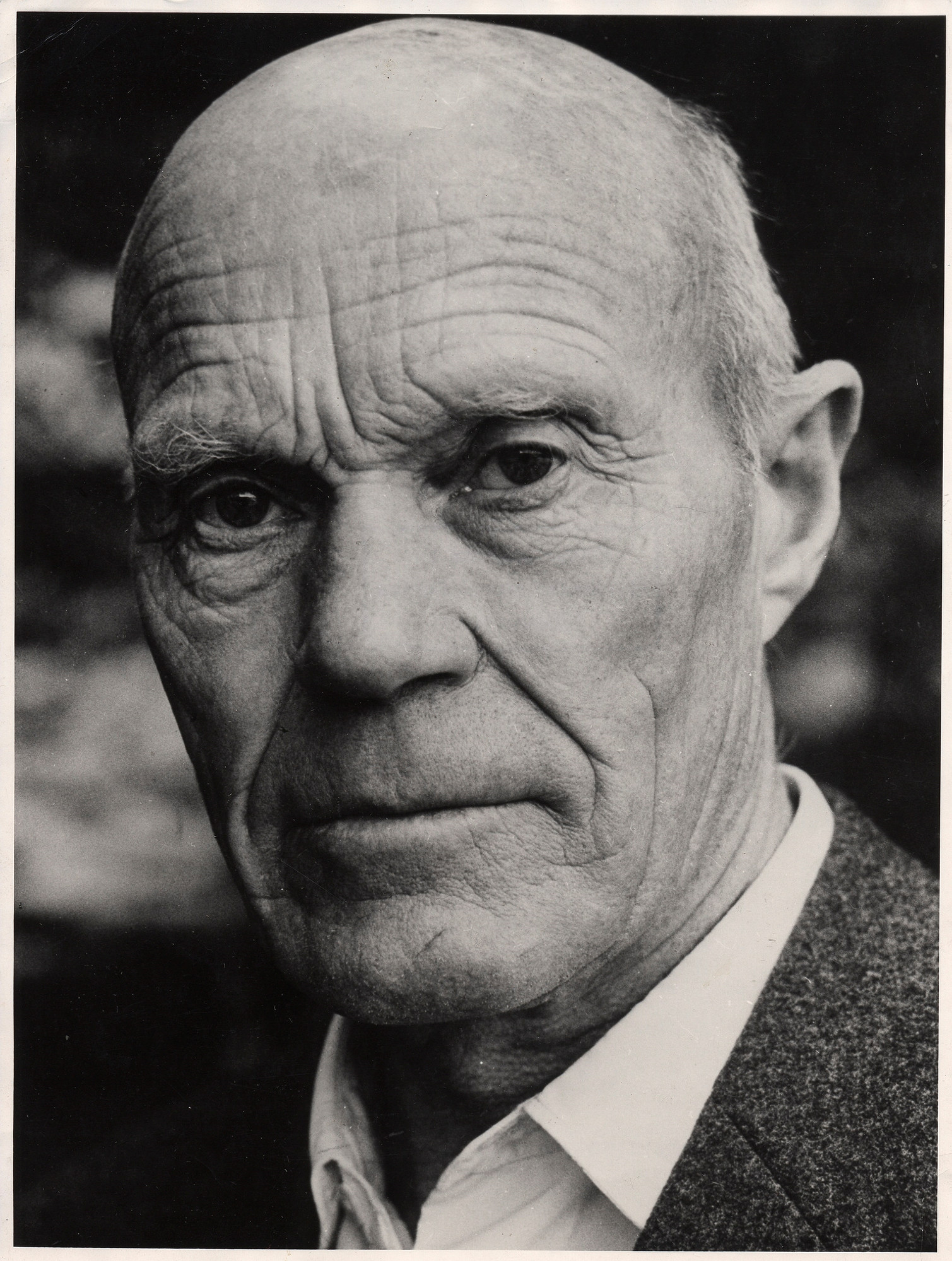
2. What do his stories from rural Norway in the 1950s and 60s have to say to a contemporary audience?
3. How have these books been received?
We asked the translators an additional question:
4. What special challenges did you face when translating Vesaas into your language?
Here are some examples of the answers:
FRENCH:
“Vesaas’ books are about humanity in its most profound depths, and that’s something which is universal. His character, the questions the face, especially the younger characters, do speak to our current generations. Even if we have very different ways of communicating these days, the difficulties of understanding between people are the same, at the end. So yes, in Tarjei Vesaas books, reader can experiment a relation with the magnificent nature of Norway, which is very far from us but still something precious too. But the human, psychological dimension, is eternal.”
Frédéric Cambourakis, Éditions Cambourakis, France
HEBREW:
“The simple crystal writing of Vesaas does not get old and is easy to approach also in the hectic digital current times.
His deep understanding of human nature and his beautiful way of conveying the most intimate feelings and thoughts of a human being (in particualar a retarded person) are universal and always relevant. The feeling of “horror in the air” in both books is haunting. The Ice Palace is not yet published. The Birds was received enthusiastically by the readers and sold over 2000 copies, which is a nice figure in our market."
Michal Blum, Rights and Foreign Rights, Hakibbutz Hame’uchad-Sifriat Poalim Publishing House, Israel
(The Birds and The Ice Palace)
«Translating Nynorsk into Hebrew works very well because Hebrew has several linguistic registers, some of which are both extremely poetic and easy to understand. So it was quite easy to transfer the atmosphere, although there were always words and expressions connected to the Norwegian landscape that barely exist in my language. But with a little creativity it is possible to find reasonable solutions.»
Dana Caspi, translator of The Birds and The Ice Palace
JAPANESE:
“A few years ago, I read the Takashi Fukuda’s old Japanese Translation of Is-slottet by chance.
I was immediately attracted by the mysterious and metaphorical story, concise and beautiful style, and the high purity of literary quality. (…)
I thought I would like to read, publish and spread more Vesaas’s works in Japanese. (…)
Vesaas’s works would give us many profound and shimmering insights for human existence through the beautiful and metaphorical stories.
Which are like human psychology, life and death, love and solitude, individual and community, humans and nature, and so on.
I think Vesaas’s works have universal and invariant values for all modern audiences of the world.”
Koudai Ito, Editor, Kokushokankokai Inc, Japan
(The Ice Palace, will also publish The Birds)
CHINESE:
“The story of The Ice Palace took place in the rural area of Norway in 1950’s, we appreciate the pure, innocent, and sincere quality of the local villagers, the infinite patience yet self-control of Siss’ parents, the considerate and selfless love performed by Unn’s old aunt, the empathy of Siss’ teenage friends …. Today, when PTSD is frequently mentioned around the world, we are very interested to notice that even in half a century ago, under the description of Vesaas, a group of people from a small town of Norway had already performed psychological rehabilitation to their loved ones when encountering PTSD involuntarily—-helping Siss to go out of the shadow—- physically and mentally. This is something we would like to share with our Chinese readers especially when living in a world with too much stress nowadays. We understand loyalty and faithfullness are highly valued in a friendship, however, when encountering unexpected disasters, while the burden is becoming unbearable as Siss experienced, we should learn to let go of the negative emotion, to set one free
(…) Vesaas’ language is beautifully simple yet poetic, full of metaphors. Forturnately, under the help of the rich chinese language culture, it allows me to translate Vesaas’ work in a more precisely way — not only the likeness in form, but being able to touch his spiritual world as possible as I could .
I am grateful for having the opportunity to approach Tarjer Vesaas’ spiritual world through his work.”
Yingbing Zhang
Translator of The Ice Palace
GERMAN:
«These stories set by Vesaas in 1950s Norway are universal. With a little variation they could be set almost anywhere. That’s why they are so timeless and relevant wherever they are read. Themes about friendship, loneliness, lack of language, belonging, the contrast between the outer and inner world – are topics that move and affect almost everyone all over the world.
The reception here in Germany was phenomenal. Both of the published books (…) have become bestsellers for the publisher, and have now both sold more than 10,000 copies, which are gigantic numbers for a small publisher like mine. The criticism overall has been brilliant, Vesaas has found an entire readership of his own. Overall his novels have been a stroke of luck for my publishing company.»
Sebastian Guggolz, Guggolz Verlag, Tyskland
(The Birds, The Ice Palace and other titles)
You can read all the answers in the document “Publishing and translating Vesaas” under “Download”.
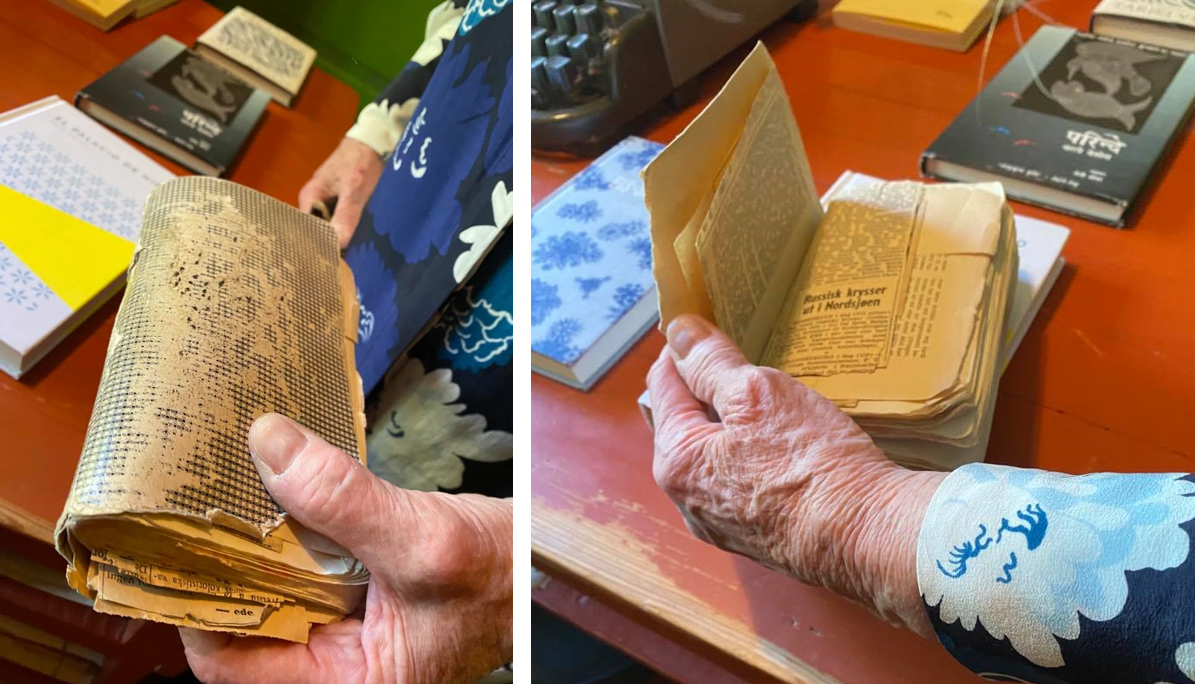
TRANSLATOR DISCUSSION AT VINJEDAGANE
In association with Vinjedagene, which was held 26-28. August, Vesaas’ French, Spanish, German and Japanese translators were invited to talk about translating the author’s work. The invited translators were Marina Heide (French – The Birds), Kirsti Baggethun (Spanish – The Ice Palace), Hinrich Schmidt-Henkel (German – The Birds, The Ice Palace, The Boat in the Evening, poems and short stories) and Anne Lande Peters (Japanese – The Ice Palace). The conversation was led by Oliver Møystad from NORLA.
Although the conversation took place at 11 o’clock on a warm and sunny Saturday morning, the dimly-lit community center in Edland was packed with a large and attentive audience. The conversation could have been twice as long as the allotted 45 minutes, as there was a lot the translators wanted to say!
The conversation touched on many themes, but was especially concerned with the challenges of translating Vesaas. As Hinrich Schmidt-Henkel put it (taken from his written answer):
«I find the vocabulary the most difficult thing to recreate. It was very hard finding out what certain expressions mean (The National Library’s glossaries contain many of these words, usually with a single reference to where they were used, which is often the very same sentence you are struggling with…).
Nynorsk (totally fine) – Telemark-regionalisms (less easy to understand) – Vinje-localisms (even worse) – Vesaas-isms (no words at all) … There would also be the problem of finding the appropriate expressions for tools, plants, everyday things … You’ll always be anxious that you have misunderstood something.
But the most demanding and ultimately the most crucial thing is bringing out the Vesaas tone, the right tenderness, the restraint, the out-of-respect-and-not-too-clear yet crystalline precise observations. There are always two wrong directions lurking: it can either become too complicated and old-fashioned (as with all the older German translations of Vesaas that I’ve so far seen), or it can become too banal when the translator shies away from the powerful, mysterious, surreal situations and inner states. It is about producing something very strong using light words and means. “The right tone” requires great expertise from the translator; to steer clear of embellishments and fine words, to be poetic without using poetic techniques, to drop all the clever inversions (tricks with syntax) and write the sentences in a straight forward manner – to bring out it’s magical intensity.»
Anne Lande Peters highlighted the importance of finding expressions that gave the right associations, since there are descriptions that may be precise in Norwegian but don’t necessarily have an equivalent in Japanese, for example the sentence:
“Søndagsmorgenen var skarp” (the Sunday morning was sharp). Norwegian readers understand this intuitively, but what was it that was actually sharp? Was it the sun? Or the air? Or was it the whole experience of the spring morning that was sharp? (referenced from Anne’s written answer). Anne also said that both she and her co-translator, Chie Asada, had really enjoyed finding the right onomatopoeic symbol in Japanese – does the booming noise from the ice go “DOOON” or “GOOON," for example.
All the translators agreed that translating Vesaas is one of the most difficult and rewarding things they have done – and they are all looking forward to doing more.
The main message drawn from the conversation is that Vesaas is very much alive around the world. Norwegian readers must learn from their foreign “colleagues” and pluck Vesaas from the bookshelf at home – great experiences await. At the very least, it is high time for new editions of Vesaas to be published in Norway!
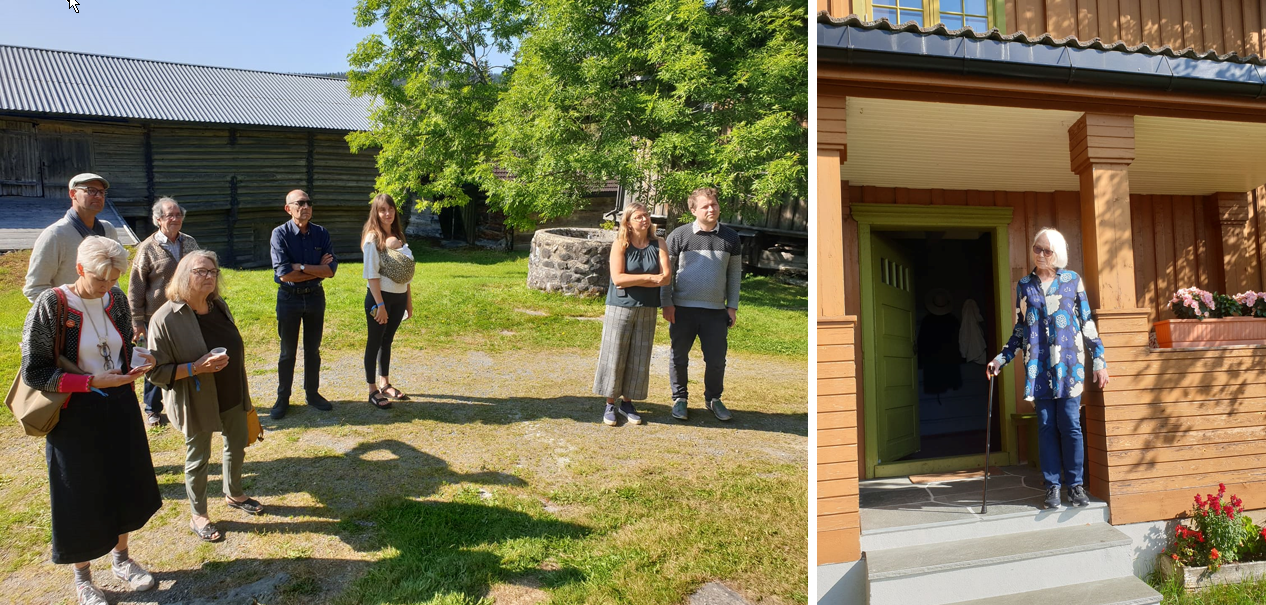
The day after the conversation, something took place that was perhaps the highlight of the event for the translators: A guided tour of Midtbø with Guri Vesaas, who tirelessly and enthusiastically talked about her parents’ lives and their work at the house. It was very touching to feel the atmosphere in the living room, full of beautiful old furniture, paintings and memories and not least to feel the spirit of the two poets in Tarjei and Halldis’ studies.
In addition, all those involved stressed how important Guri Vesaas has been during the translation work.
There were also representatives from Vinjesenteret and Nynorsk kultursentrum in attendance, who, along with the translators, intend to to form “Vesaas in translation” – a group specifically for Vesaas’ translators. Both new and old translators of Vesaas’s work will soon hear more about this!
STATISTICS:
61 translations of Vesaas titles are supported by NORLA in the period 2004-2021
26 languages: Amharic, Arabic, Bulgarian, Czech, Chinese, Croatian, Danish, Dutch, English, Estonian, French, Georgian, German, Hebrew, Hindi, Icelandic, Japanese, Latvian, Lithuanian, Macedonian, Portuguese, Romanian, Serbian, Spanish, Swedish and Turkish
Top three:
Georgian: 14 titles
French: 9 titles
German: 5 titles
The Ice Palace: 18 translations
The Birds: 16 translations
See further statistics in the file “Statistics” under “Download”.
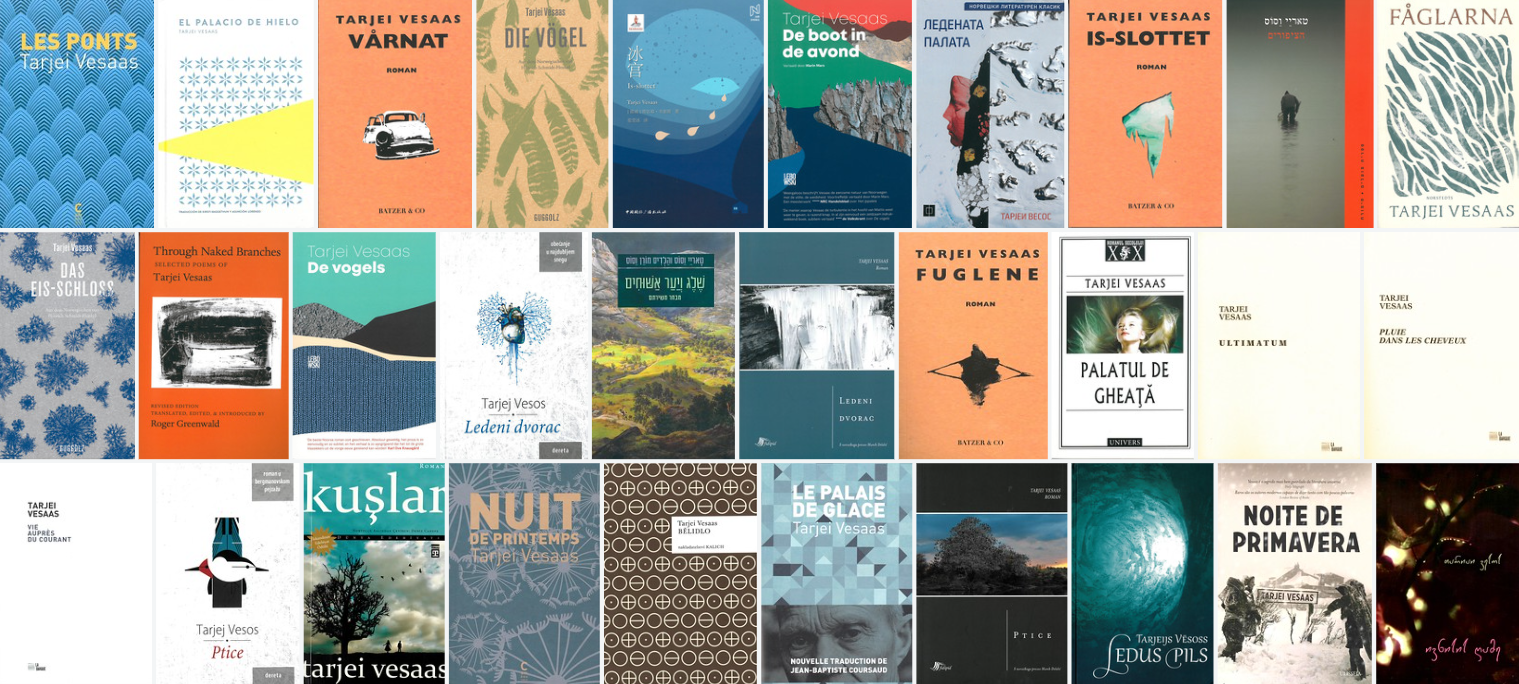
Read more
See the covers of Vesaas translations that have been published since 2011 with support from NORLA on our Flickr page
More about Tarjei Vesaas’ books published in English by Peter Owen Publishers
Tarjei Vesaas – Foreign rights
